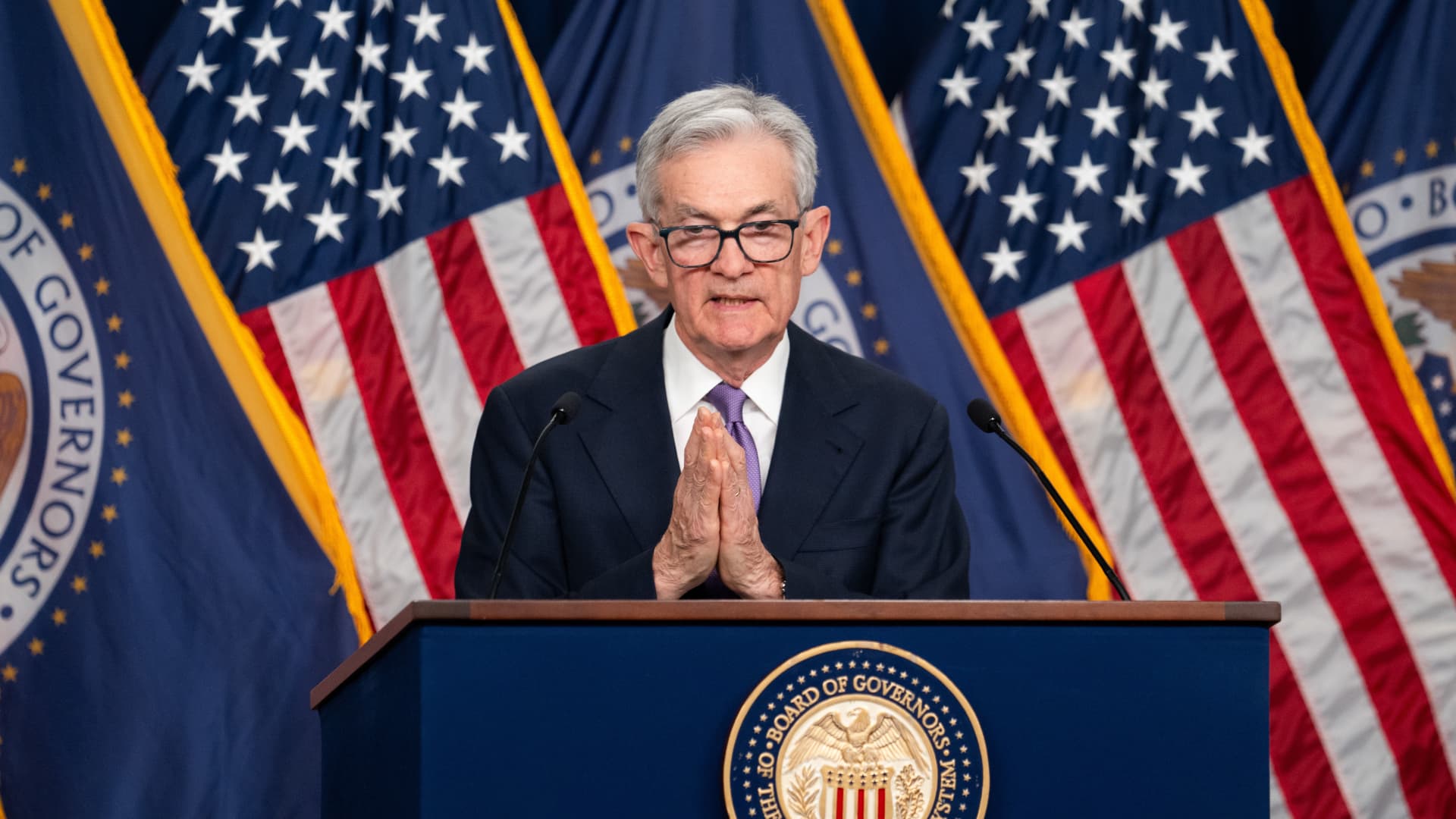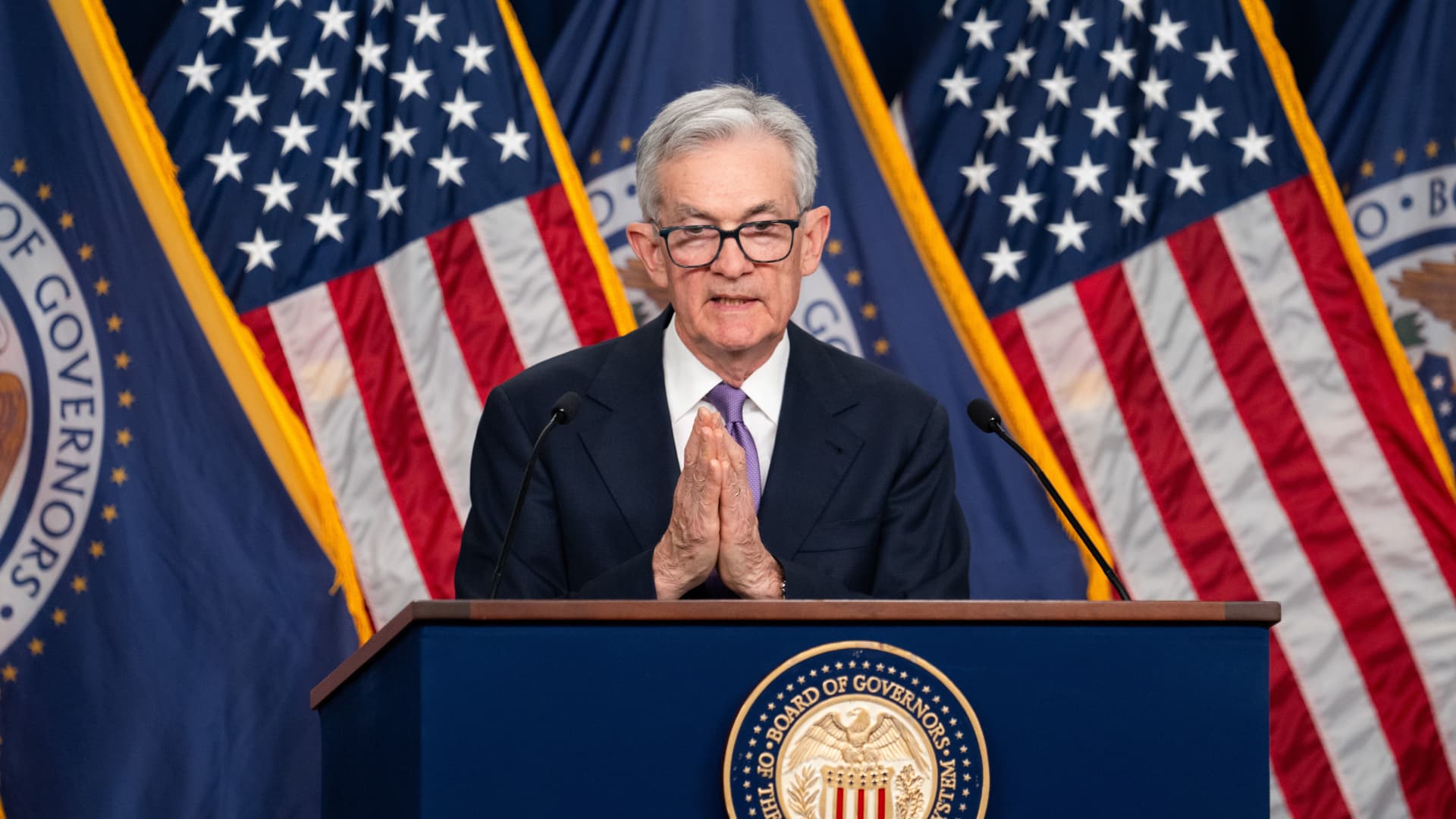The Federal Reserve’s Delicate Dance: Balancing Stability and Uncertainty
Introduction: The Fed’s Pivotal Role in Economic Stewardship
The Federal Reserve, often referred to as the Fed, stands as the linchpin of the U.S. financial system, wielding immense influence over the nation’s economic trajectory. Its decisions on interest rates, monetary policy, and economic outlook ripple through every sector, from Main Street to Wall Street. Recent Fed actions reveal a nuanced approach, carefully calibrating responses to a dynamic and often unpredictable economic landscape. This report explores the Fed’s recent decisions, the factors shaping them, and the potential consequences for the economy at large.
Interest Rates: The Fed’s Tightrope Walk
The federal funds rate, the interest rate at which banks lend reserve balances to other banks overnight, serves as the Fed’s primary lever for steering the economy. Recent reports indicate a steady stance on this rate, reflecting a cautious approach that acknowledges both economic strengths and vulnerabilities.
The Case for Caution
Several factors contribute to the Fed’s measured approach:
– Inflation Watch: Inflation, while present, has not consistently surpassed the Fed’s 2% target. By maintaining steady rates, the Fed aims to avoid prematurely stifling economic growth while keeping inflation in check.
– Global Uncertainty: Trade tensions, geopolitical risks, and varying growth rates among major economies create a complex global backdrop. The Fed prefers to maintain flexibility, ready to respond as the global picture becomes clearer.
– Data Dependency: The Fed is closely monitoring economic data for signs of either overheating or significant slowdown. This data-driven approach ensures that policy decisions are grounded in real-time economic conditions.
Internal Debates and Dissent
The Fed’s decisions are not made in a vacuum. Reports indicate internal dissent within the Federal Open Market Committee (FOMC), the Fed’s policy-making body. Some officials advocate for a more aggressive approach, either by raising rates to combat inflation or lowering them to stimulate growth. These differing views highlight the inherent complexities and uncertainties in economic forecasting and policy-making.
Political Pressures: Navigating the Washington Landscape
The Fed’s independence is a cornerstone of its credibility, but it does not operate in a political vacuum. The Trump administration’s calls for lower interest rates have added an external layer of complexity to the Fed’s decision-making process.
Balancing Independence and Influence
The Fed operates as an independent entity, designed to be free from direct political influence. However, it is not entirely insulated from political pressures. The administration’s advocacy for lower rates, aimed at stimulating economic growth and enhancing export competitiveness, is one factor among many that the Fed considers.
Economic Rationale vs. Political Agendas
Distinguishing between economic rationale and political motivations is crucial. While lower rates might provide short-term stimulus, they could also lead to inflation or asset bubbles if not managed carefully. The Fed’s challenge lies in making objective, data-driven decisions while navigating the complexities of the political landscape.
Decoding the Fed’s Statements: A Window into Policy Intentions
The Fed’s post-meeting statements offer valuable insights into its evolving assessment of the economy and its intentions for future policy. Changes in language and emphasis can signal shifts in the Fed’s stance.
Inflation Language: A Barometer of Policy Intent
The Fed’s approach to inflation language is closely scrutinized. Changes in the wording around inflation expectations and its tolerance for exceeding its target are carefully analyzed by economists and investors alike. Maintaining unchanged language regarding inflation may indicate a steady course in monetary policy, reflecting the Fed’s confidence in its ability to manage price levels.
Economic Outlook: Shifts in Assessment
Adjustments to the overall economic outlook are also significant. The Fed monitors a wide range of indicators, including employment, GDP growth, consumer spending, and business investment. Changes in its assessment of these factors can signal shifts in its policy stance. For example, a more optimistic outlook might suggest a greater willingness to raise rates, while a more pessimistic view could lead to rate cuts or other easing measures.
The Ripple Effects: Impact on Consumers and Businesses
The Fed’s interest rate decisions have far-reaching consequences for individuals and businesses alike.
Consumer Impact: Borrowing and Spending
Interest rates directly impact borrowing costs for consumers. Changes in the federal funds rate influence interest rates on credit cards, car loans, mortgages, and other forms of debt. Lower rates can make it cheaper to borrow money, encouraging spending and investment. Higher rates can have the opposite effect, potentially slowing down consumer demand.
Business Impact: Investment and Growth
Businesses are also affected by interest rate fluctuations. Lower rates can make it easier for companies to borrow money for expansion, investment, and hiring. Higher rates can increase borrowing costs, potentially dampening business investment. Furthermore, interest rate decisions can impact the overall business climate by influencing consumer demand and economic growth.
Live Updates and Commentary: The Real-Time Economic Narrative
The media and financial analysts closely monitor Fed meetings, press conferences, and statements, providing immediate reactions and interpretations. This real-time analysis helps shape market expectations and economic narratives.
Jerome Powell: The Fed’s Public Face
As chair of the Federal Reserve, Jerome Powell plays a central role in shaping the Fed’s message. His remarks and responses during press conferences are carefully analyzed for clues about the Fed’s future policy intentions. Powell’s communication style and transparency have been crucial in maintaining market confidence and clarity.
Market Reactions: The Fed’s Influence on Financial Markets
The markets react to the Fed’s announcements, with stock prices, bond yields, and currency values often fluctuating in response to changes in interest rates or the overall economic outlook. These reactions reflect the market’s interpretation of the Fed’s policy stance and its implications for future economic conditions.
Conclusion: Steering Through Uncharted Waters
The Federal Reserve’s recent actions reflect a measured and deliberate approach to monetary policy. Faced with a complex interplay of economic indicators, political pressures, and global uncertainties, the Fed has chosen to maintain a cautious stance, prioritizing stability and flexibility. While internal dissent and external pressures create challenges, the Fed’s commitment to its dual mandate of price stability and full employment remains paramount. Moving forward, the Fed’s ability to navigate these complex currents will be crucial in shaping the nation’s economic future. As the economic landscape continues to evolve, the Fed’s decisions will play a pivotal role in steering the U.S. economy through uncertain times.












